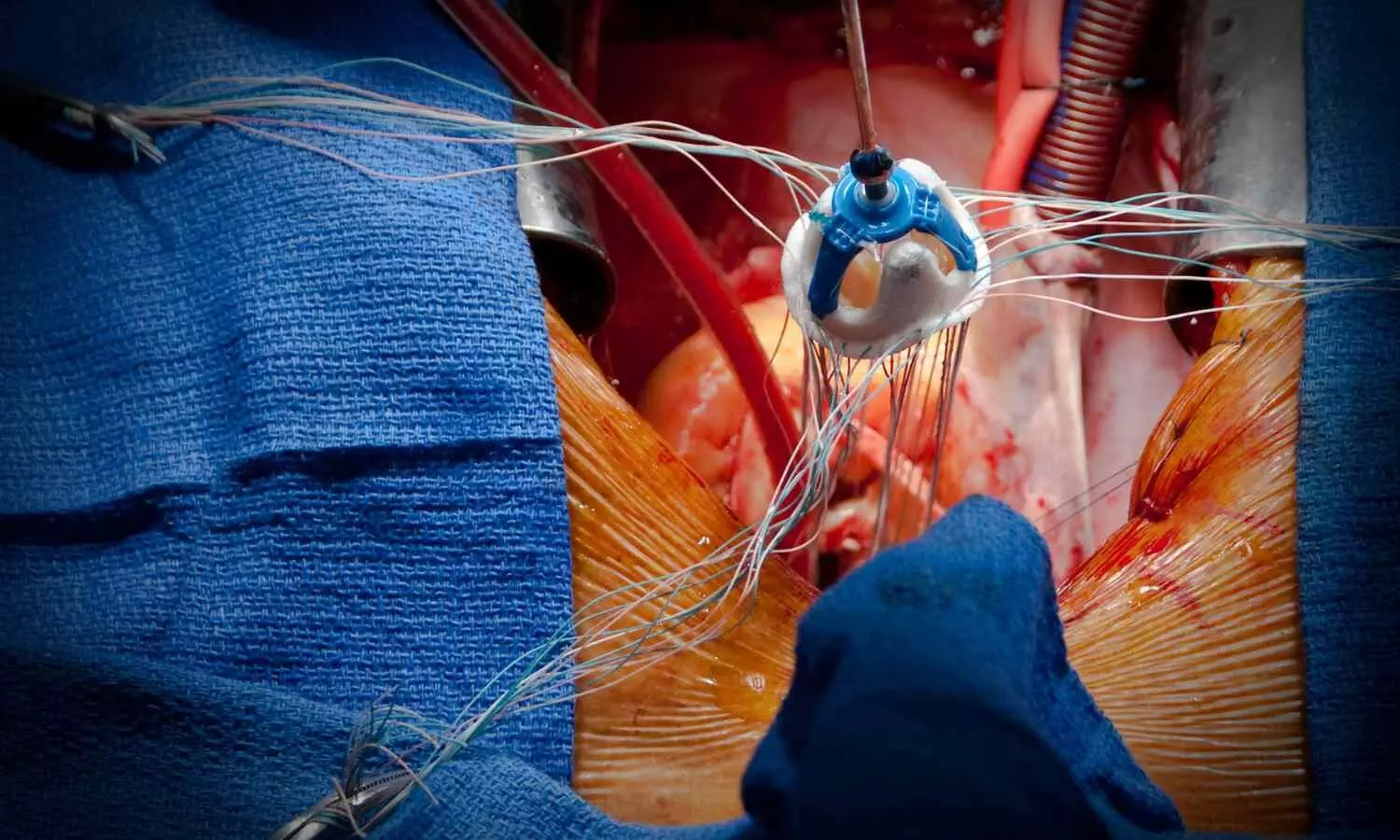New Study identifies early signs of valve failure one year after TAVI, raising durability concerns in younger patients
- byDoctor News Daily Team
- 23 September, 2025
- 0 Comments
- 0 Mins

A new study published inThe Annals of Thoracic Surgery, a journal from The Society of Thoracic Surgeons, has identified early hemodynamic valve deterioration (HVD) in more than 6% of patients just one year after undergoingtranscatheter aortic valve implantation(TAVI), raising new questions about valve durability in younger, lower-risk populations. The retrospective study, which analyzed 10 years of procedures from 2012 to 2022, evaluated 2,123 patients who had complete echocardiographic follow-up data. Researchers found that patients with 1-year HVD were more likely to be younger and have smaller aortic annuli than those without HVD. Importantly, smaller implanted valve sizes were significantly associated with the development of HVD, while larger valves appeared to be protective. “As TAVI is increasingly used in younger and healthier patients, our findings suggest a need to carefully consider valve sizing and long-term durability,” said lead study author Eishan Ashwat, BS, a medical student at the University of Pittsburgh School of Medicine. “Early identification of hemodynamic deterioration may serve as a key predictor of future reintervention and patient outcomes.” According to the study, patients with 1-year HVD had a five-year aortic valve reintervention rate nearly four times higher than those without HVD (2.3% vs. 0.6%). Prior surgical aortic valve replacement (AVR) was also independently associated with a higher risk of early HVD. The findings underscore the importance of vigilant long-term follow-up and may influence future decision-making regarding valve selection, particularly in patients with smaller aortic anatomy or a history of AVR. The study used the updated Valve Academic Research Consortium-3 (VARC-3) definitions to assess bioprosthetic valve function and structural deterioration. Ashwat, Eishan et al., Early Hemodynamic Valve Deterioration After Transcatheter Aortic Valve Implantation, The Annals of Thoracic Surgery, DOI:10.1016/j.athoracsur.2025.06.050.
Disclaimer: This website is designed for healthcare professionals and serves solely for informational purposes.
The content provided should not be interpreted as medical advice, diagnosis, treatment recommendations, prescriptions, or endorsements of specific medical practices. It is not a replacement for professional medical consultation or the expertise of a licensed healthcare provider.
Given the ever-evolving nature of medical science, we strive to keep our information accurate and up to date. However, we do not guarantee the completeness or accuracy of the content.
If you come across any inconsistencies, please reach out to us at
admin@doctornewsdaily.com.
We do not support or endorse medical opinions, treatments, or recommendations that contradict the advice of qualified healthcare professionals.
By using this website, you agree to our
Terms of Use,
Privacy Policy, and
Advertisement Policy.
For further details, please review our
Full Disclaimer.
Recent News
Health Ministry Proposes Barcoding Rule for All Va...
- 23 October, 2025
Boehringer Ingelheim Jascayd gets nod in China for...
- 23 October, 2025
Mizoram reports 121 multidrug-resistant TB Deaths...
- 23 October, 2025
GSK Shingrix new prefilled syringe presentation ge...
- 23 October, 2025
Daily Newsletter
Get all the top stories from Blogs to keep track.


0 Comments
Post a comment
No comments yet. Be the first to comment!